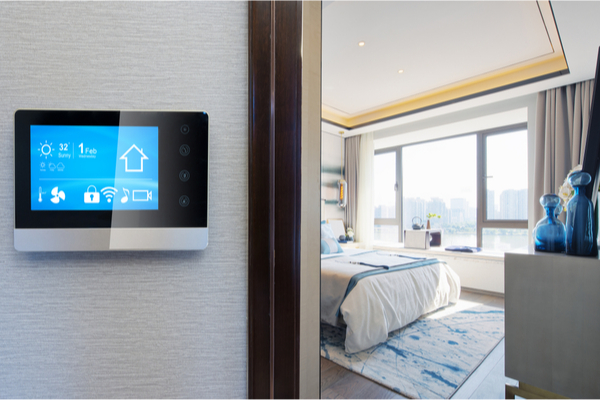Making a few choice swaps can make a big difference in the ecological impact of your day-to-day activities, so if you’re ready to invest in making your house more energy-efficient and save yourself money on utility bills in the long run, try dedicating a weekend or two in making your home more environmentally friendly.
Psst: a lot of this will be fairly simple (and cheaper) than you might think. Here are some to try:
You can save up to $100 a year in electricity costs by switching out all your conventional power strips for advanced power strips. Advanced power strips prevent electronics from drawing power when they’re off or not in use, reducing electricity waste. Plus, they don’t cost much more than traditional power strips.
Install a smart thermostat. While they can be a little pricey, they do all the work of raising and lowering the temperature based on when you’re home, making cost-cutting effortless. Many can also be controlled remotely from your phone. They’re especially useful for anyone who unintentionally leaves their HVAC unit running all day or for anyone who likes to come home to a house that’s already been heated or cooled to their liking.
Don’t forget water efficiency. Go around and fix any leaky faucets. Install low-flow showerheads. According to the EPA, replacing an old toilet with an EPA-approved model (look for the WaterSense label) saves the average family a whopping 13,000 gallons of water in just one year. You can do this yourself to save on installation costs.
If you’re really committed to reducing your home’s carbon footprint, consider shopping around for some new energy efficient big-ticket appliances. If you have an air conditioner that’s more than 20 years old, upgrading could save you money and electricity. Old refrigerators use significantly more energy than new ones, so if your fridge was made before 2001, trade it in for a newer, energy-efficient model. Same goes for an old water heater.
—
Photo Credit: zhu difeng / Shutterstock.com
